
Necessary steps to remove bottlenecks in the field of education and training
Implementing Resolution No. 77/2025/UBTVQH15 dated April 21, 2025 of the National Assembly Standing Committee on adjusting the Law and Ordinance Development Program in 2025, the Government has directed the Ministry of Education and Training (MOET) to urgently complete the dossier and submit to the Government and the National Assembly three important draft laws, including: Law on amending and supplementing a number of articles of the 2019 Law on Education; Law on Vocational Education (amended); Law on Higher Education (amended).
The Minister of Education and Training emphasized: The three draft laws have a close relationship and are being developed synchronously to promptly institutionalize the Party's major policies and orientations, especially Resolution No. 71-NQ/TW of the Politburo on breakthroughs in education and training development, along with key resolutions on science and technology, innovation, digital transformation, international cooperation, private economic development, and innovation in law-making and enforcement. This is a necessary step to remove "bottlenecks" in the field of education and training; enhance the autonomy of educational institutions in association with ensuring quality, effectiveness and efficiency, while meeting new requirements on decentralization, decentralization, administrative procedure reform, streamlining of organizational apparatus and implementation of a two-level local government model.
The draft laws were examined by the Committee on Culture and Society, and the Standing Committee of the National Assembly commented in August 2025. The Government directed the Ministry of Education and Training to preside over and coordinate with relevant agencies to fully absorb and explain the opinions of delegates at the specialized conference and the opinions of the National Assembly agencies, and complete the dossier to be submitted to the National Assembly at the session in September 2025. Thus, from the time it was added to the Program to the time it was submitted to the National Assembly in just 5 months, the drafting process was carried out very urgently and seriously, ensuring compliance with the provisions of the Law on Promulgation of Legal Documents.
Regarding the basic contents of the draft Law amending and supplementing a number of articles of the Law on Education, focusing on 4 groups:
Firstly, institutionalize some important contents of the Party, especially Resolution 71 such as stipulating that lower secondary education is compulsory education, universalizing preschool education for children from 3 to 5 years old; supplementing regulations with principles on State policies in science and technology and digital transformation, especially the controlled application of artificial intelligence, building a national database on education and training; stipulating a unified set of textbooks nationwide; not organizing school councils in public educational institutions; perfecting regulations on scholarships for learners, supplementing the national scholarship fund; innovating the model of gifted schools, supplementing the type of boarding schools; co-ownership of teachers between public service units and higher education institutions; specifically regulating the budget expenditure structure for investment and higher education;...
Second, remove practical obstacles, ensure state management and the consistency of the legal system: add vocational secondary education at the same level as high school to the national education system; clarify the direction of post-secondary education streaming in accordance with the capacity, strengths and talents of learners, and at the same time remove obstacles and difficulties in practical training of specific professions in the field of art; stipulate that diplomas and certificates can be issued in paper, electronic or digital form; separate local educational materials from textbooks and assign the authority to compile, appraise and approve to localities; add educational support services that do not overlap with activities guaranteed by the state budget or tuition revenue; identify educational support personnel; do not require mandatory quality assessment for preschool education, general education and continuing education; Complete regulations on investors to ensure stability for learners and operations of educational institutions, while being consistent with the provisions of the Investment Law....
Third, clearly demonstrating the spirit of decentralization and delegation in education management, increasing the initiative and autonomy of the Ministry of Education and Training, local authorities and educational institutions, both meeting the requirements of modern, effective and efficient development and in line with the Party and State's policy on promoting decentralization and delegation...
Fourth, the Draft affects about 69 out of 126 current Administrative Centers (accounting for 54.76%), in the direction of not directly regulating administrative procedures in the Law but transferring them to regulations in the Government's Decree, at the same time reducing, digitizing and strongly decentralizing to localities as well as educational institutions, contributing to improving management efficiency and creating convenience for learners and schools. Specifically, such as eliminating procedures for granting junior high school graduation certificates, assigning school principals and heads of institutions implementing the junior high school education program to confirm transcripts of completion of junior high school programs; the regulation that diplomas and certificates can be issued in paper, electronic, and digital forms creates a legal basis for digitizing, integrating and sharing data on diplomas and certificates; Only stipulates general principles on establishment/permission to establish, permission to operate, suspension of operation, merger, division, separation, dissolution and assigns authority to the Government to prescribe detailed and specific conditions; at the same time, amends the authority to establish/permit to establish in the direction of strong decentralization to localities;...
Strong local decentralization
Regarding the basic contents of the draft Law on Vocational Education (amended) as follows:
The draft ensures comprehensive autonomy for vocational education institutions (VET), regardless of financial level, and identifies VET as key in developing a highly skilled workforce, prioritized in the socio-economic development strategy and in state budget allocation.
Regarding the system, the Law supplements the vocational secondary school type at the same level as high school to promote the effectiveness of streaming and career guidance, contributing to the universalization of high school education and providing young human resources with vocational skills for the country's socio-economic development; at the same time, it does not stipulate school councils in public vocational education institutions.
Regarding linkage, the draft completes the cooperation mechanism between schools and enterprises through the formation of a diverse network of institutions participating in vocational education, encouraging enterprises to directly participate in program development, teaching, internship and assessment, along with regulations on the mechanism for establishing a fund for training human resources for enterprises. In addition, the Law also emphasizes innovation in training programs, enrollment, recognition of learning outcomes, expansion of financial support policies, and preferential credit for learners as pointed out in the Resolution.
In order to remove practical difficulties, the draft Law simplifies and eliminates many provisions that have been adjusted in other legal documents, in order to avoid overlap and ensure the consistency of the legal system (clearly defining the levels of qualifications, at the same time establishing a mechanism for organizing vocational education activities according to new standards; establishing a model of vocational education institutions approaching countries with developed vocational school and vocational education systems in the world, improving management capacity; adjusting the standards of competence, rights and obligations of teachers and vocational trainers; emphasizing publicity, transparency and effective use of finance and assets; the quality assurance system is designed in a practical and objective direction...).
In order to improve the quality of vocational education, the draft Law has added many important contents. First of all, it adds the vocational secondary school model - a new level of education equivalent to high school, to diversify the choices for learners in the national education system. Along with that, the Law expands the types of establishments participating in vocational education, allowing schools, centers, businesses, cooperatives and other organizations to participate in training, creating a wider and more flexible vocational education network, especially giving autonomy to establishments.
The draft stipulates the recognition of learning outcomes and accumulated professional competencies, creating opportunities for learners to be flexible and convenient when transferring or transferring. At the same time, clearly establishes the role of enterprises as an important entity: participating in program development, teaching, organizing internships, evaluating results; accompanied by a mechanism to establish a corporate human resource training fund to proactively share the responsibility of training highly skilled human resources...
The Draft Law on Vocational Education clearly demonstrates the spirit of decentralization and delegation in state management of vocational education to meet the requirements of modern, effective and efficient development, while at the same time being consistent with the Party and State's policy of promoting decentralization and delegation...
The Draft Law on Vocational Education does not stipulate investment conditions but instead refers to the provisions of the Law on Education on conditions for establishment, division, separation, merger, dissolution of facilities, permission to operate, establishment of inspection organizations...

Meeting the requirements of human resource development in the new period
The draft Law on Higher Education (amended) is built in the direction of a framework law, ensuring consistency. The draft includes 9 chapters and 46 articles, 27 articles less than the current Law on Higher Education. The main features include:
Firstly, the draft Law is built on the basis of a comprehensive summary of the implementation of the 2012 Law on Higher Education and the 2018 Law on Amendments and Supplements to a Number of Articles; closely following the spirit of Resolution No. 71-NQ/TW, along with relevant resolutions of the Central Committee (Resolutions No. 66-NQ/TW, 59-NQ/TW, 57-NQ/TW and 72-NQ/TW), aiming to fully institutionalize the Party's major guidelines and policies on developing and improving the quality of higher education in the new period.
The focus of the draft affirms the role of the State in creating, ensuring resources and fairness in higher education, and at the same time affirms the autonomy of training institutions regardless of the level of financial autonomy, linking autonomy with the mechanism of self-responsibility and accountability. The breakthroughs of the draft Law focus on perfecting the system, improving governance capacity, increasing synchronous and unified command in the system; investing with focus and key points, developing a modern interconnected system, attracting a team of excellent scientists; strengthening policies to directly support learners; eliminating formal accreditation.
Based on the opinions of full-time National Assembly deputies, the latest update of the draft Law focuses on removing existing shortcomings in the connection between levels; specialized specialized training; adjusting the organizational structure to suit new requirements on school boards, branches and training locations suitable for 2-level authorities; abolishing the contents stipulated in the Law on Education, Law on Vocational Education, Law on Science, Technology and Innovation.
Second, the draft Law inherits and maintains the current stability and overcomes current shortcomings. Expands the scope and management objects; corrects the shortcomings of the regulations on university autonomy, finance, assets, diplomas, forms and methods of training.
The revised and supplemented contents include 22/46 articles (accounting for about 48%), focusing on perfecting the university autonomy mechanism associated with self-responsibility and accountability, consolidating the organizational and governance model (private school council, science and training council), improving the effectiveness and efficiency of state management, especially applying solutions to improve training quality, improve programs, enrollment, accreditation, finance, teaching staff; standard management and shifting from pre-control to post-control.
Abolish school boards in public institutions (except for public universities established under agreements between governments), define the Board of Directors, School Councils, and Investors in private educational institutions; affirm autonomy as a legal right and not dependent on financial levels; supplement mechanisms to stop enrollment, grant licenses, and revoke operating licenses for weak training sectors that do not ensure quality; at the same time, establish a system of program standards, university education institution standards, and a mechanism to ensure internal quality culture and substantive inspection, aiming to improve the quality, transparency, and reputation of the system.
Third, the modernization and standardization of higher education in the draft Law is reflected in 9 new articles (accounting for about 20%) to meet the requirements of higher education development in the new period. The new contents focus on promoting academic freedom and academic integrity, integration and connectivity between training levels; developing a digital higher education model, unlocking socialized resources in higher education, ensuring budget expenditure (3%) for higher education; promoting science, technology and innovation, investment policy mechanisms and organizing elite training, high-quality training, mass training - improving people's knowledge; connecting training and promoting lifelong learning; developing a digital higher education model; linking postgraduate training with science and technology; Policies to attract and utilize domestic and foreign talents, while perfecting the tuition and scholarship mechanism and directly supporting learners, ensuring fairness, efficiency and international integration in access to higher education.
Fourth, the draft Law continues to perfect the mechanism of decentralization, delegation and administrative reform in state management of higher education, inheriting the results achieved in the recent period; streamlining the internal organizational structure of higher education institutions; forming multidisciplinary and specialized universities that are strong enough, operate effectively, have quality, and are suitable for the current context.
Accordingly, the Government is authorized to regulate groups of tasks on the establishment and separation of higher education institutions, investment conditions, operations, finance, quality assessment, international cooperation and investment (6 groups of tasks); the Ministry of Education and Training guides and organizes the implementation of professional tasks such as institutional standards, program standards, licensing and revoking licenses for majors and training institutions (3 tasks).
The draft also decentralizes state management of higher education in the locality to the provincial People's Committee, linking training with local human resource needs; ministries and ministerial-level agencies manage specialized areas for affiliated facilities, coordinate with the Ministry of Education and Training in planning, forecasting and developing human resources, ensuring clear responsibilities, transparent authority, effective and unified management. This approach creates a multi-layered governance model, with clear authority, transparent responsibilities, shifting the focus from "micro-management" to governance based on capacity, results and accountability, contributing to modernizing state management, reducing overlap and improving operational efficiency of the entire system.
Higher education institutions are autonomous in training and academic activities, building and developing training programs, organizing training in various forms and models (traditional, digital education, articulation between levels); scientific research, finance, human resources, international cooperation and educational quality assessment.
Fifth, the draft Law continues to promote administrative reform and innovate state management methods in higher education in the direction of strongly shifting from pre-control to post-control, simplifying processes, reducing administrative intervention, while improving transparency, responsibility and governance efficiency...
Source: https://baotintuc.vn/thoi-su/ba-du-an-luat-giao-duc-nham-the-che-hoa-kip-thoi-chu-truong-cua-dang-20251022091819420.htm








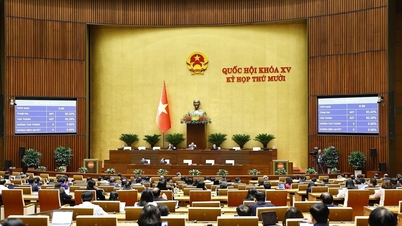
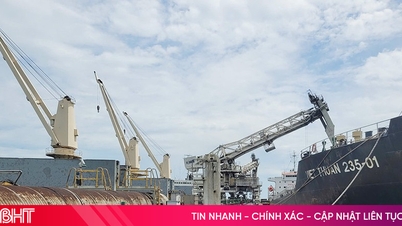

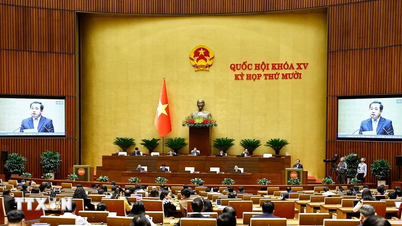

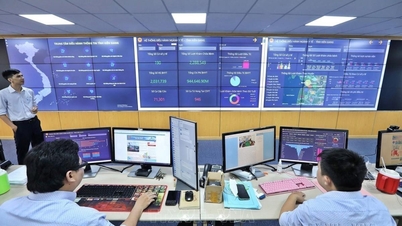
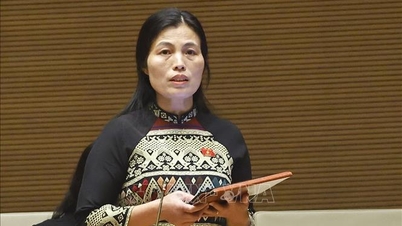


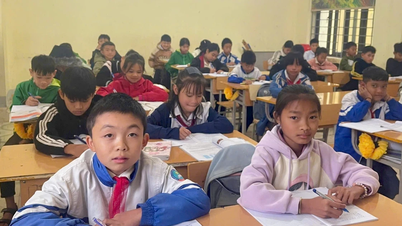



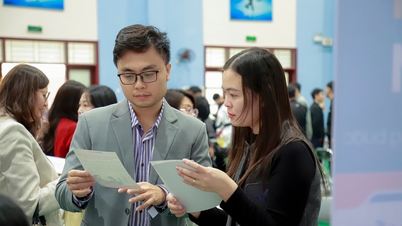

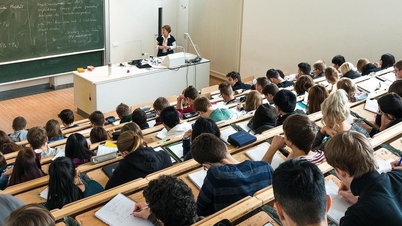
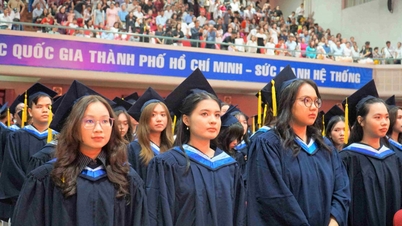
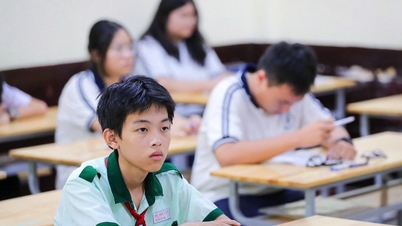




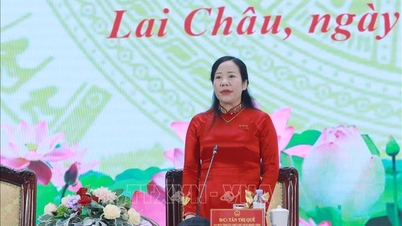
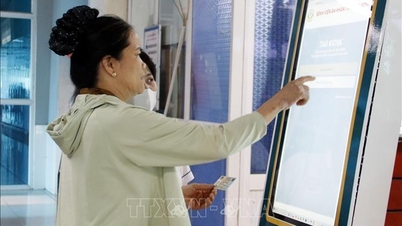
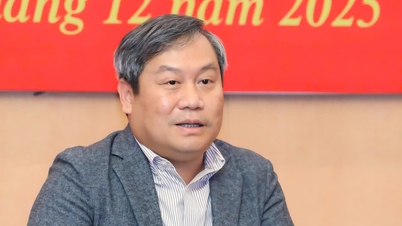
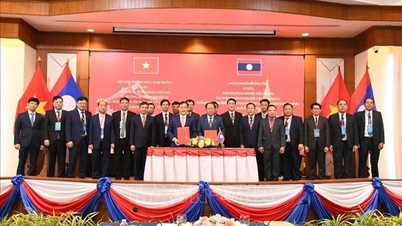

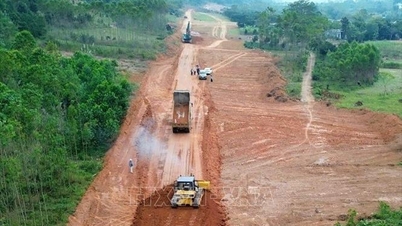



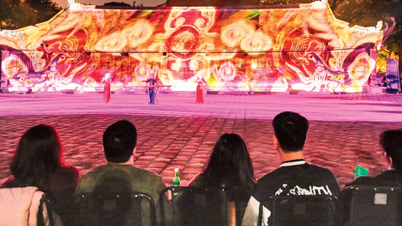

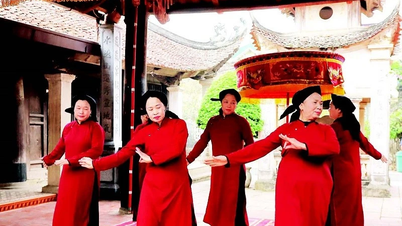
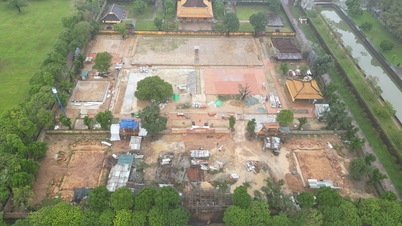
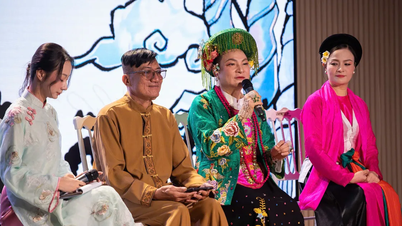







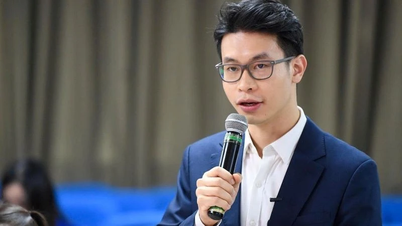
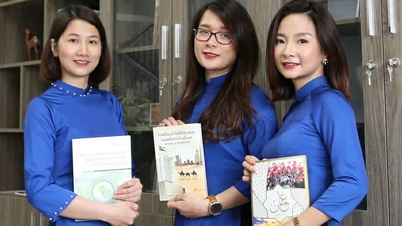
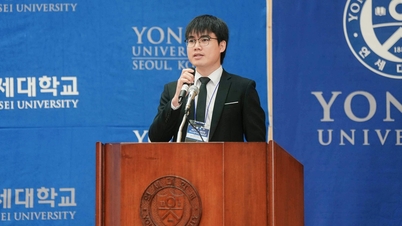



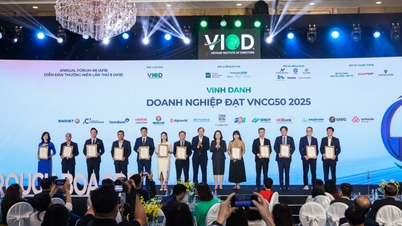

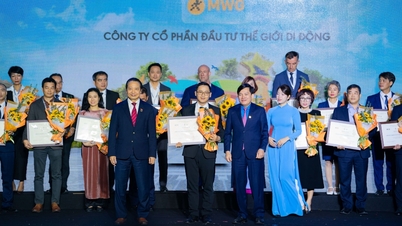
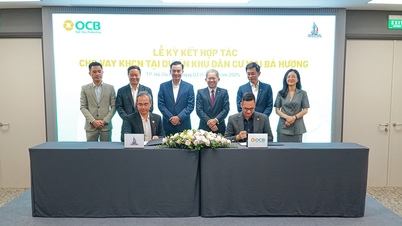














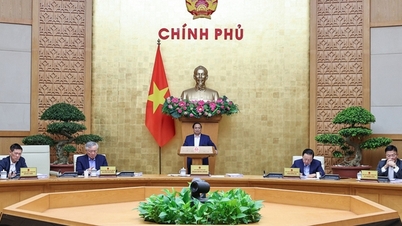

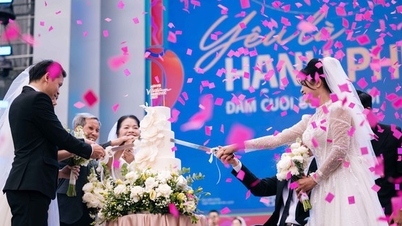
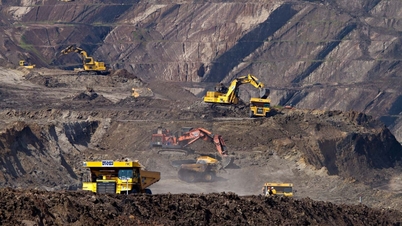

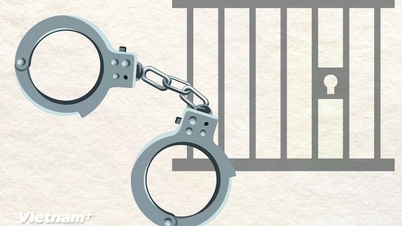


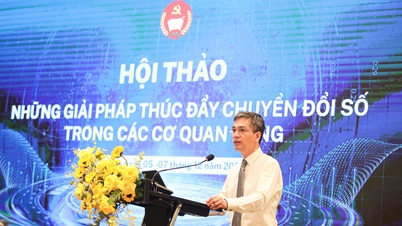
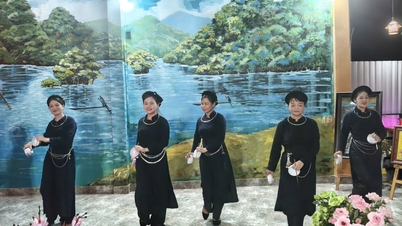

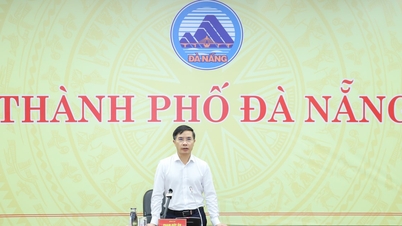



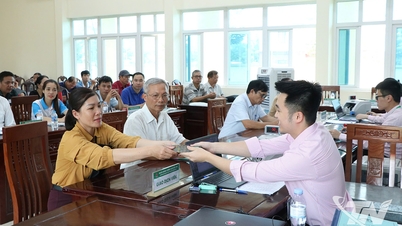
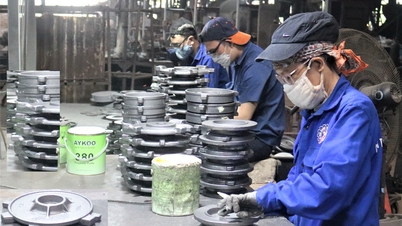


















Comment (0)